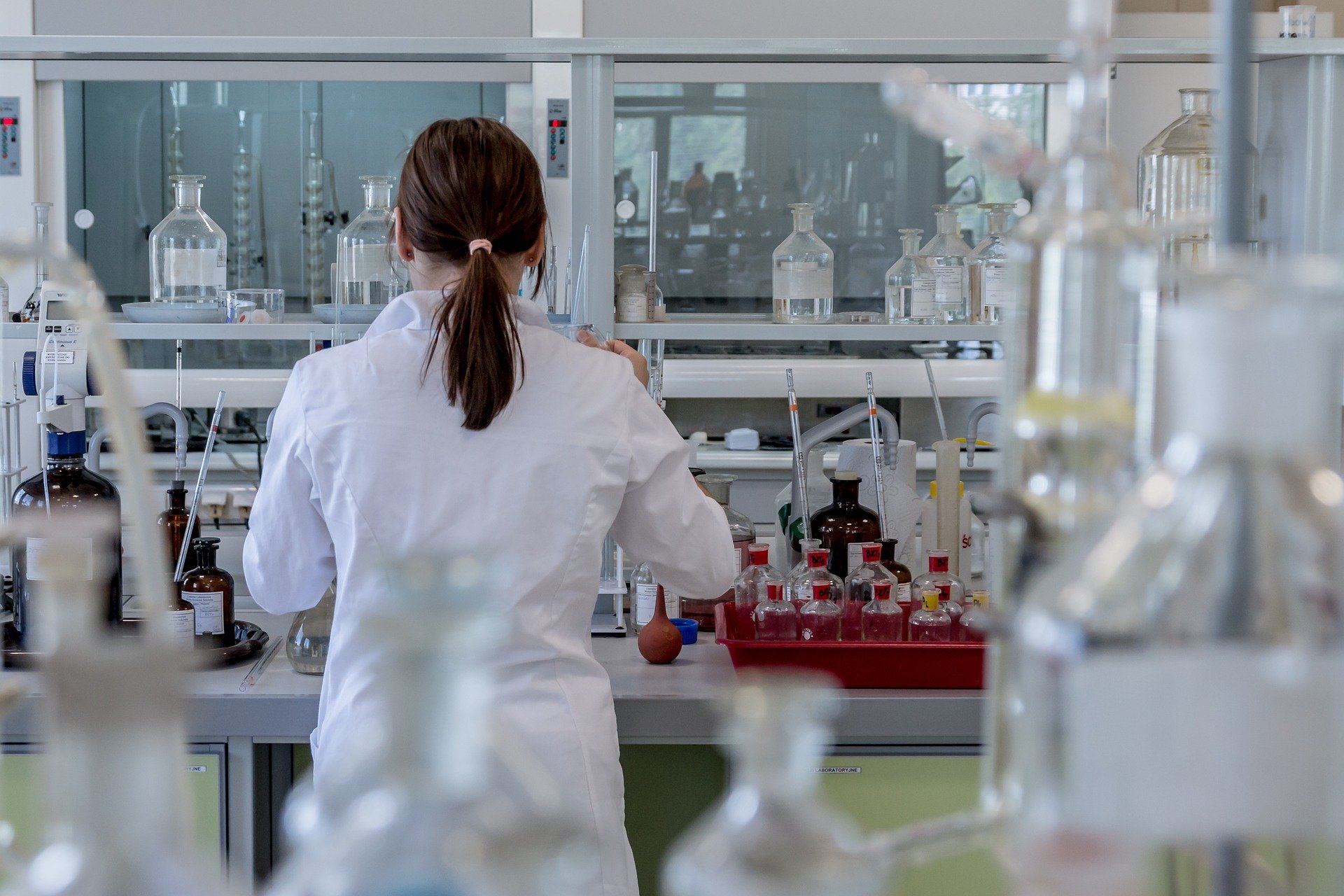For years, the focus of type 1 diabetes (T1D) research has been on the endocrine pancreas, as that is where the islets of Langerhans reside that secrete insulin, glucagon, and other hormones. The exocrine pancreas is primarily responsible for producing digestive enzymes, bicarbonate, and water to support digestion. However, researchers believe that autoreactive T cells within the exocrine pancreas may contribute to the destruction of insulin-producing beta cells.
A recent study found that preproinsulin (PPI)-reactive CD8+ T cells exist not only within the endocrine pancreas but in the exocrine pancreas as well. While researchers know that these cells exist at high levels in individuals with T1D, they have found that they are also reasonably populous in healthy individuals. It may be possible that in healthy individuals without T1D and those who are not autoantibody-positive (aab+), that these PPI-reactive CD8+ T cells remain undetectable to the immune system, thereby causing no negative response.
If the body should experience an up-regulation of major histocompatibility complex (MHC) class 1, this could trigger a reaction where CD8+ T cells become visible and initiate an immune response leading to the destruction of pancreatic islet cells. In turn, this could result in the development of T1D.
Researchers studied various islet areas of the human pancreas and found that donors with T1D had a greater number of PPI-reactive CD8+ T cells than nondiabetic and aab- donors, but that the cells were present in all donors. The presence becomes more abundant as T1D develops. There were also more PPI-reactive CD8+ T cells in areas close to the islets, as well as within insulin-containing islet (ICI) areas. There were fewer cells in insulin-deficient islet (IDI) areas, which indicates that insulin plays an important role in attracting PPI-specific CD8+ T cells.
According to the researchers’ findings, defective thymic selection, and the failure of systemic peripheral tolerance mechanisms may not be the primary drivers behind the development of T1D. Instead, they note that “it is likely that events leading to islet attraction of autoreactive CD8+ T cells already within the pancreas may be a crucial mechanism in T1D development.”
More research is necessary to determine why the exocrine pancreas contains so many PPI-specific CD8+ T cells and exactly how they are triggered in the development of T1D. However, this recent study sheds more light on changes within the pancreas and responses from the immune system that are involved in this disease. Scientists can continue building on these findings moving forward.
Though not involved with this study, the Diabetes Research Connection (DRC) strives to continue advancing research around T1D by providing critical funding to early-career scientists. Contributions from individuals, corporations, and foundations make it possible for scientists to carry out novel, peer-reviewed studies focused on improving diagnosis, treatment, and management of T1D, as well as one day finding a cure. To learn more about current projects and how to support these efforts, visit http://localhost/drc.
Please DONATE NOW so DRC can keep bringing you credible, peer-reviewed T1D news and research.
Thank you




